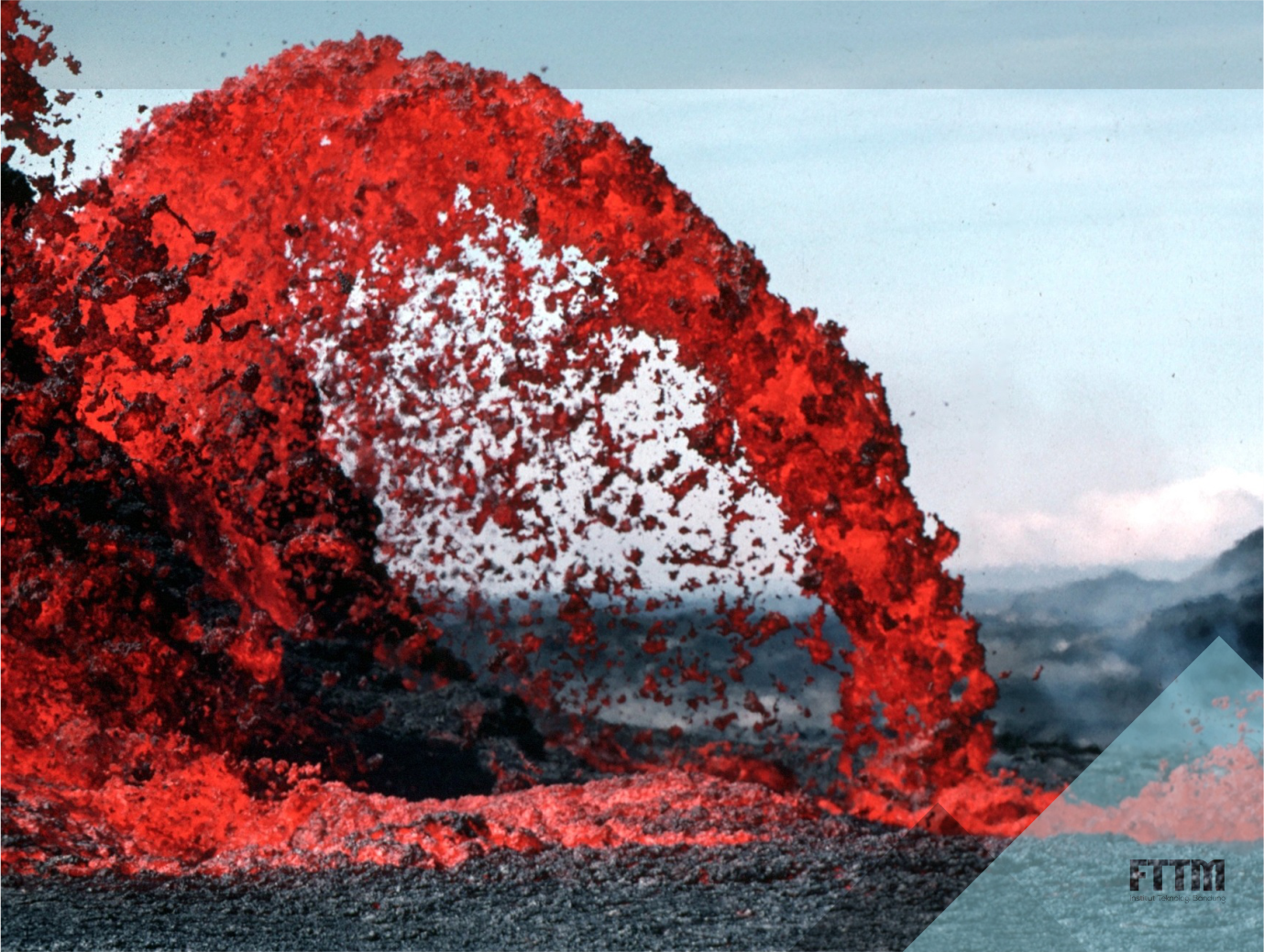Gravity Anomaly around Mt. Pandan and Seismic evidence
In order to understand the subsurface structure of Mt. Pandan, the Geophysical Engineering Team, Institute Technology of Bandung Team conducted gravity measurement. The measurement was carried out by using gravimeter Scintrex CG-5 (SN-815). As a result, Complete Bouguer Anomaly Map and Residual Anomaly Map of Mt. Pandan and surrounding area can be developed. These two gravity maps show an interesting result relative to Mt. Pandan. The low-density value in the section of anomaly density gives an indication that low density value continues from the northern part (below Mt. Pandan) toward south. Based on density structure derived from gravity data, there is an indication of low density body that can be interpreted as magma chamber of Mt. Pandan as a modern volcano. Seismic waveform data of earthquakes in Mt. Pandan area indicated that these earthquakes were originated by tectonic earthquakes. The focal mechanism of the earthquakes was shown as strike slip fault. According to Bouguer Anomaly Gravity Map as well as 2D interpretation of residual gravity anomaly data shows a trend toward Mt. Wilis. These volcanoes have a relation magma chamber which both are related to the same subduction process. Java Island which is situated on the southern part of Eurasian plate margin is subducted by Indian Ocean-Australian plate. Subduction process along the Java Trench produced molten magma which is rising upward originate a modern volcanic arc as Mt. Wilis as well as and Mt. Pandan. Dynamically, the tectonic earthquake in this region could be triggered by upwelling of the magma as they were occurred due to subduction process. Accordingly, this study confirmed that Mt. Pandan is a modern volcanic center.

